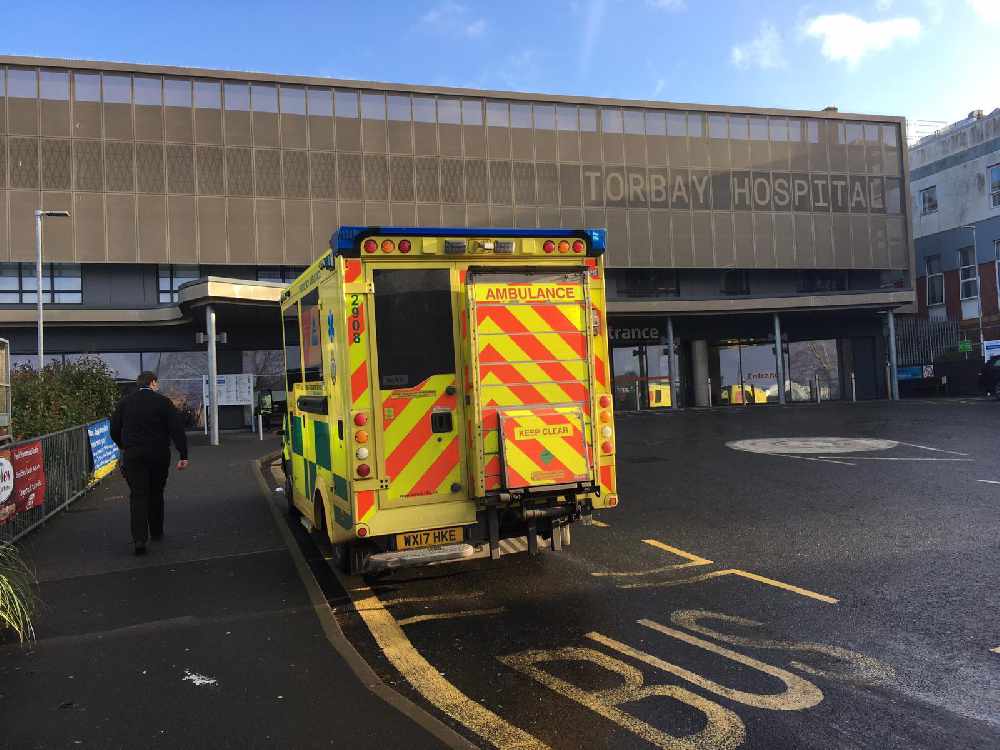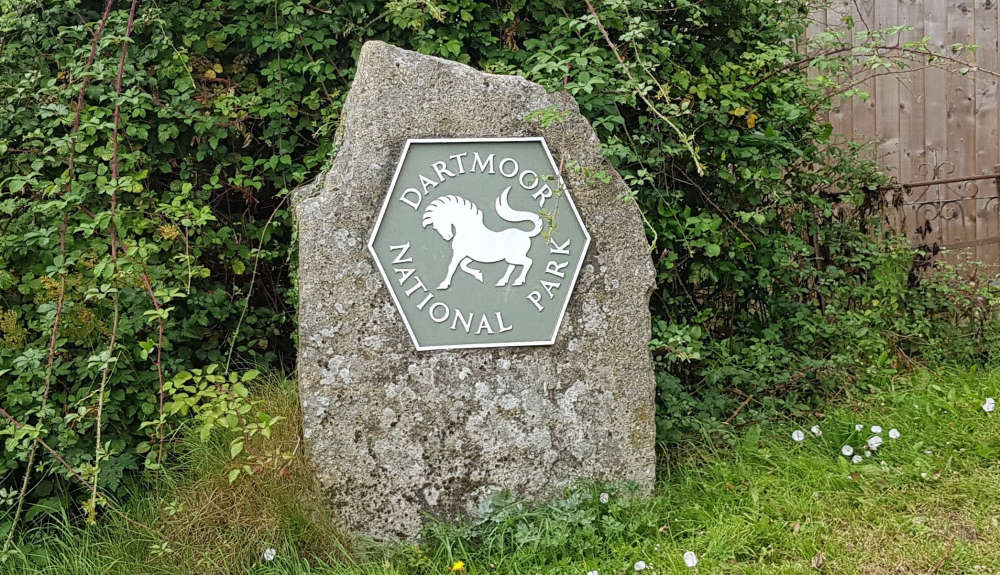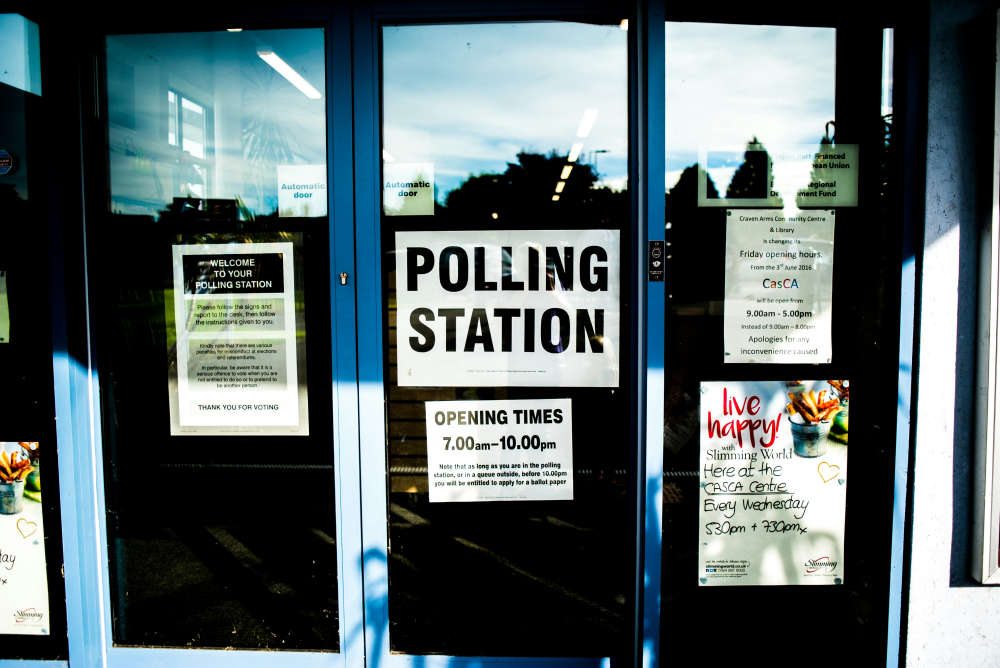
The figure has been revealed as part of a new health and wellbeing plan
One in eight children live in poverty in Devon – and one in three in parts of Barnstaple.
The figures are revealed as part of a new strategy to create ‘Healthy and Happy Communities’ in the county.
The strategy aims to address ten health and wellbeing challenges that the county faces and to address the considerable inequalities in health and poverty.
It states that there have been recent increases in child poverty and more people are accessing emergency food supplies, and that one in eight children (12.5 per cent) are in poverty.
However in the Forches area of Barnstaple, one in three children are in poverty, compared to just 1.1 per cent of children in the Teignmouth Road area of Dawlish.
Fuel poverty rates also fluctuate dramatically, with 27.9 per cent of people living in Mount Pleasant in Exeter facing it, compared to just 3.6 per cent in Douglas Avenue in Exmouth.
Life expectancy in Ilfracombe Central is just 75 years, compared to 90 in Liverton, and in Sidwell Street in Exeter, 8.2 per cent of 16-64 year-olds have a long term health issue, compared to just 0.8 per cent in Widecombe-in-the-Moor.
The ten challenges that Devon faces are highlighted as:
- An ageing and growing population
- Access to services, including socio-economic and cultural barriers
- Complex patterns of urban and rural deprivation
- Housing issues (quality and affordability)
- Earlier onset of health problems in more deprived areas (typically 10-15 years earlier than the least deprived areas)
- Poor mental health and wellbeing, social isolation and loneliness
- Poor health outcomes caused by modifiable health-related behaviours
- Pressures on services (especially unplanned care) caused by increasing long-term conditions, multi-morbidity and frailty
- Shifting to a prevention focus across the health and care system
- Unpaid care and associated health outcomes for carers.
The draft strategy adds: “Around 800,000 people live in Devon, which has an older population profile than England and population growth above the national average, influenced by the inward migration of people aged 40 to 75. The population is set to grow by 88,000 (11%) over the next 20 years, with low growth in under 65s (2%), but considerable growth in the older population (94% increase in people aged 85 and over). Over 75,000 dwellings are planned in the next 15-20 years with a greater concentration in the South and East of the county.
“Devon has a skilled workforce with higher than average qualifications, but lower than average earnings. Overall crime rates are low but there are increasing risks from drugs, child sexual exploitation, domestic abuse and modern slavery.
“Fuel poverty and poor housing conditions, particularly in the private rented sector, are a major issue in many areas, especially in rural parts of Northern and Western Devon, which impacts on health and wellbeing. Homelessness is increasing, with more than 15,000 families on the housing register, and average house price more than nine times annual earnings, compared to seven times nationally.
“There have been recent increases in child poverty and more people are accessing emergency food supplies. Devon has higher levels of rural deprivation than the national average, particularly in Northern and Western Devon, and pockets of more severe deprivation in some urban areas. Social mobility (the ability of people to advance through education and employment) and access to housing and services are issues in these areas.”
The vision of the strategy is for health outcomes and health equality for Devon to be amongst the best in the world, and will be achieved by working in partnership across Devon’s communities, businesses and organisation.
The strategy adds: “Education, employment and income have a considerable impact on health outcomes. People with lower educational attainment, without regular employment and on lower incomes have a much greater likelihood or having poorer physical and mental health. Social mobility, the ability of people to advance through education and employment, is also limited in some areas and groups, creating further inequalities.
“There are large gaps in educational attainment in Devon. People living in more deprived communities, boys, and pupils with English as a second language all experience poorer attainment. Lower employment rates are seen for people in more deprived areas, and people with long-term conditions, learning disabilities and mental health problems.
“One in eight children live in poverty in Devon, with a large gap between the highest, with 33.3% in the Forches area, Barnstaple, and lowest (1.1% in Teignmouth Road, Dawlish) rates. Areas of the county which have seen less economic growth such as Torridge and North Devon, have lower levels of social mobility, particularly during adulthood.”
“Levels of fuel poverty are above the national average, reflecting lower incomes and higher cost of living, with rural parts of Northern and Western Devon particularly severely affected. Increasing levels of obesity and physical inactivity, with low levels of active travel, particularly in new housing developments.
“Many communities have a high risk of loneliness, and younger renters with little sense of belonging to their area, unmarried middle-agers with long-term conditions, and widowed older people living alone with long-term conditions are at increased risk. Poorer mental health outcomes are seen in Devon including suicide rates, self-harm admissions, social connectedness, and mental health outcomes for vulnerable group. Lower employment rates and higher mortality rates for people with mental health conditions are seen in Devon compared to the England average.”
The 15 priorities of the strategy are to:
- Narrow gaps in educational attainment and adult skills
- Reduce levels of child poverty
- Support economic growth in more disadvantaged areas.
- Increase social mobility
- Improve housing conditions and reduce homelessness
- Create conditions for good health, physical activity and social interaction through the planning system and community development
- Support healthy workplaces and schools
- Help keep communities and individuals safe
- Reduce loneliness in all age groups
- Identify people at risk and intervene to improve poor mental health as soon as possible
- Proactively address the mental health consequences of trauma and adverse childhood experiences
- Promote a positive approach to mental health and wellbeing
- Prevent ill-health by helping people to live healthier lives
- Detect disease in the early stages to reduce impact on health
- Support those living with long-term conditions to maintain a good quality of life
The consultation on ‘Healthy and Happy Communities’, the draft Devon Joint Health and Wellbeing Strategy for 2020 to 2025, runs until September 5, 2019, and is available online at https://www.devon.gov.uk/haveyoursay/consultations/healthy-and-happy-communities-devons-joint-health-and-wellbeing-strategy-2020-25/
The responses received during the consultation will be used to produce the final version of this strategy, which will to go to the Health and Wellbeing Board on October 10 for approval.
 Knife scanner deployed at under-18s event
Knife scanner deployed at under-18s event
 Torbay hospital ‘sewage leaks’ spark call for help
Torbay hospital ‘sewage leaks’ spark call for help
 Exmouth dye tests 'harmless to wildlife'
Exmouth dye tests 'harmless to wildlife'
 Dartmoor will be “protected” in Freeport zone
Dartmoor will be “protected” in Freeport zone
 Two jailed after late night brawl in Plymouth
Two jailed after late night brawl in Plymouth
 Date announced for crucial Torbay by-election
Date announced for crucial Torbay by-election
